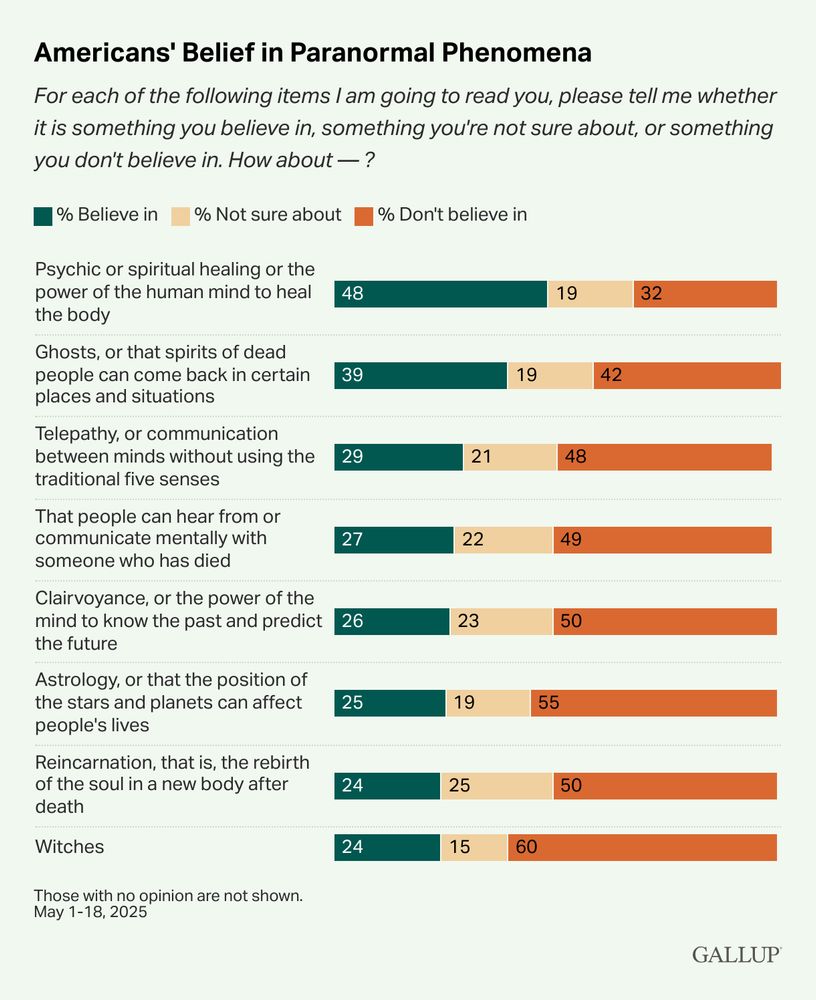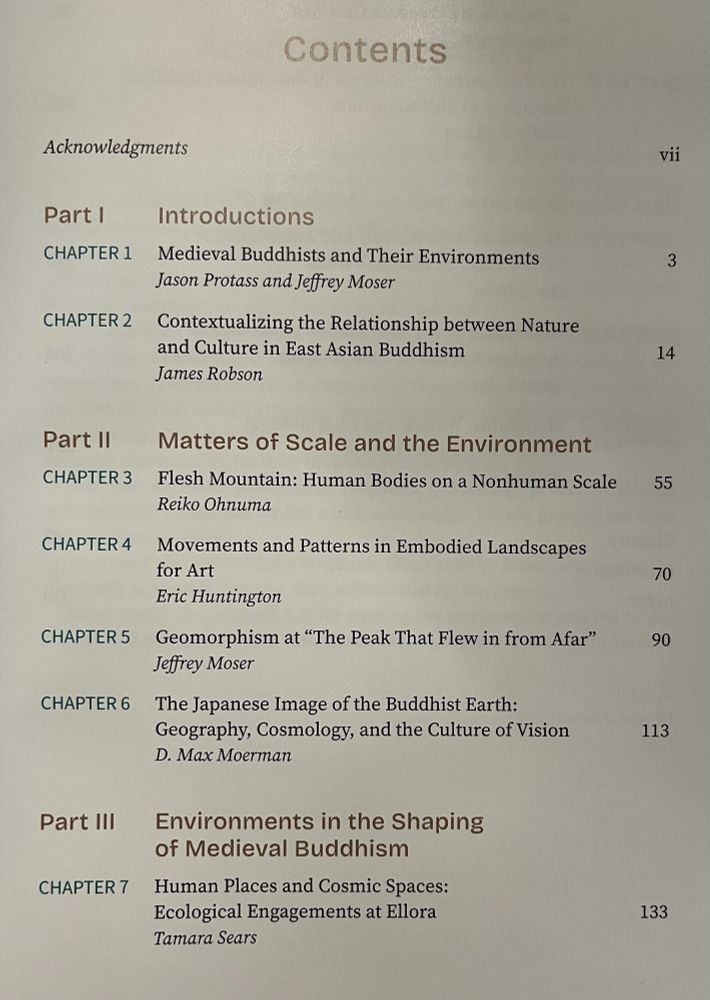
I was searching for anything out there about koan number 73 of the Blue Cliff Record. It’s a classic. About master Mazu and two of his disciples.
Instead, Google just, like, made up this abysmal garbage:



I was searching for anything out there about koan number 73 of the Blue Cliff Record. It’s a classic. About master Mazu and two of his disciples.
Instead, Google just, like, made up this abysmal garbage:
Stories like Lee Meng 李明 (1926-2012), communist fighter of Malaya. She was ferocious. Irene Lee was widowed when her husband, a prominent detective, was assassinated. Plot twist, Irene enrolls as a detective and tracks down the killers.

Stories like Lee Meng 李明 (1926-2012), communist fighter of Malaya. She was ferocious. Irene Lee was widowed when her husband, a prominent detective, was assassinated. Plot twist, Irene enrolls as a detective and tracks down the killers.
tricycle.org/magazine/chi...

tricycle.org/magazine/chi...
Some interesting data— but a few of these prompts are about normal religious ideas (ie reincarnation for billions of people) or poorly worded (ie ‘can mind heal body’? See placebo effect).
Source : news.gallup.com/poll/692738/...

Some interesting data— but a few of these prompts are about normal religious ideas (ie reincarnation for billions of people) or poorly worded (ie ‘can mind heal body’? See placebo effect).
Source : news.gallup.com/poll/692738/...
Wandering the hallways, I stumbled on this door art.

Wandering the hallways, I stumbled on this door art.

It does a good job picking up some obscure terms, but as a translation it is quite bad.

It does a good job picking up some obscure terms, but as a translation it is quite bad.

The exact poem from the manuscript is also found in the 13th c. imprint. This is not unusual—I show many examples in my book.

The exact poem from the manuscript is also found in the 13th c. imprint. This is not unusual—I show many examples in my book.








A student asked me, and I 🤷
I remember @bokane.org mentioned it a few months ago…
www.burninghou.se/p/the-naming...

A student asked me, and I 🤷
I remember @bokane.org mentioned it a few months ago…
www.burninghou.se/p/the-naming...

There are countless ways we could study medieval Buddhists and their environments. We can only hope these case studies provide a useful start for others.


There are countless ways we could study medieval Buddhists and their environments. We can only hope these case studies provide a useful start for others.








